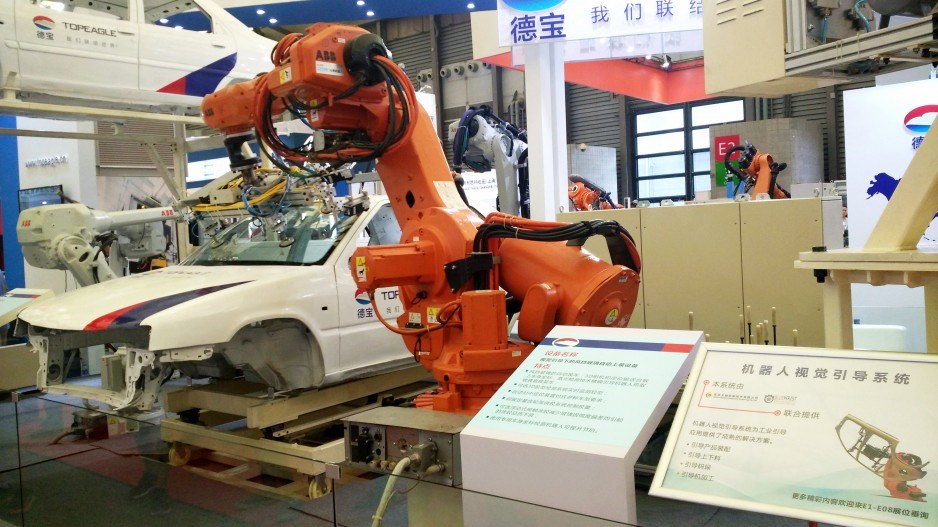China proved to be U.S. President Donald Trump’s No. 1 target on the 2016 campaign trail when it came to job losses suffered in the American manufacturing industry.
“Look at what China is doing to our country in terms of making our products,” he told Hillary Clinton during a presidential debate last September.
“We have to stop our jobs from being stolen from us.”
But Walid Hejazi, an associate professor at the University of Toronto’s Rotman School of Management, said Trump’s argument doesn’t accurately reflect what’s happening to American manufacturing.
“A lot of jobs in manufacturing, in fact, the majority, have not been lost to workers in China or Mexico, but they’ve been lost to automation,” he told Business in Vancouver.
“So this whole new generation of production technologies is a real challenge for the traditional manufacturing strategy.”
Alex Wang, a managing partner at Vancouver-founded Istuary Innovation Group, said those challenges to traditional manufacturing are creating opportunities at home as Chinese companies trim their own labour costs through automation.
In February Istuary invested $2 million in Toronto’s Bluewrist Inc., a robotics company specializing in visual guidance systems – or the eyes – needed to build products in factories.
Vehicle companies like Magna International (TSX:MG) and Chrysler use Bluewrist’s technology at manufacturing plants.
“They have good technology in terms of visual guidance, 3D inspection,” Wang said. “But unfortunately because of the limitation of the market in Canada and lack of investment, they couldn’t grow very fast.”
Wang said Istuary is counting on the Chinese manufacturing sector to undergo the same transformation the American sector did to drive demand for robotics firms like Bluewrist.
“In China today, the labour costs have been going up dramatically in the previous several years. Some of the factories, manufacturer operations have moved from China to Vietnam to other Southeast Asian countries,” he said.
“That’s why we identified this huge market for technologies like robotic applications.”
Istuary has incubated about 20 tech projects since 2013 with the goal of launching them in the Chinese market.
Wang said growing demand for automation is creating jobs in Canada. Istuary has hired 400 in-house engineers over the last four years.
But a March PwC report estimates that 21% to 38% of jobs in developed countries such as Japan and the U.S. could be lost due to automation by the early 2030s.
Canada was not included in the PwC study, but Bank of Canada senior deputy governor Carolyn Wilkins said in a speech last month that innovations in artificial intelligence and robotics might provide the economy with a “big boost” by improving productivity.
She cautioned, though, that close to half of jobs in some advanced economies could be “profoundly affected by automation” over the next 20 years.
Meanwhile, Wang said even if Trump attempts to repatriate lost manufacturing jobs, the Chinese manufacturing sector is large enough to withstand disruption.
“[China is] eyeing the global competition, not only the U.S.,” he said.
“That’s the basis for the future growth for applications of technologies like robotics.”
@reporton



